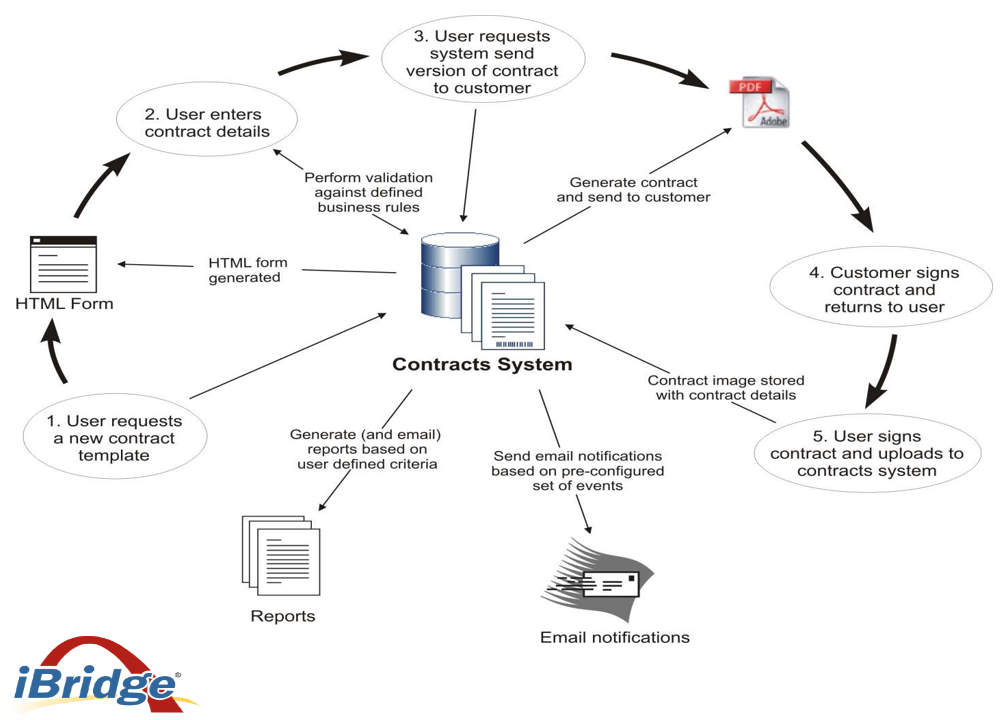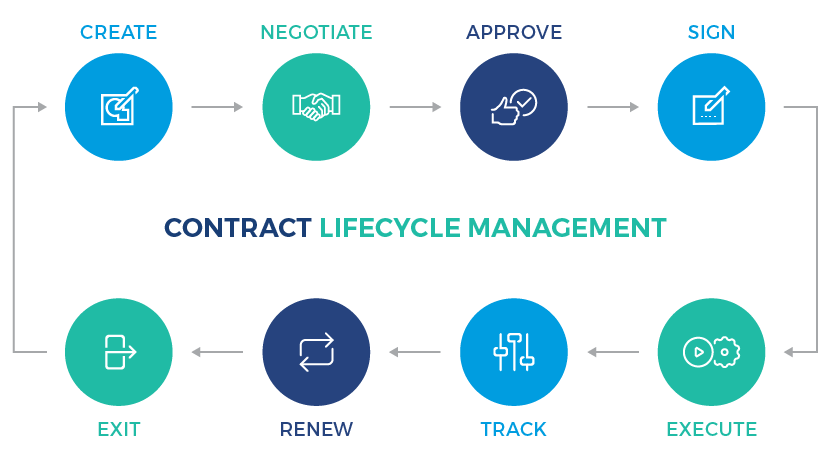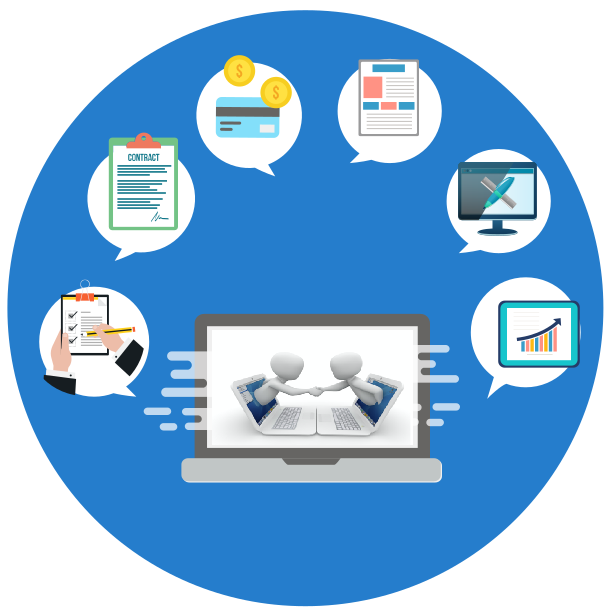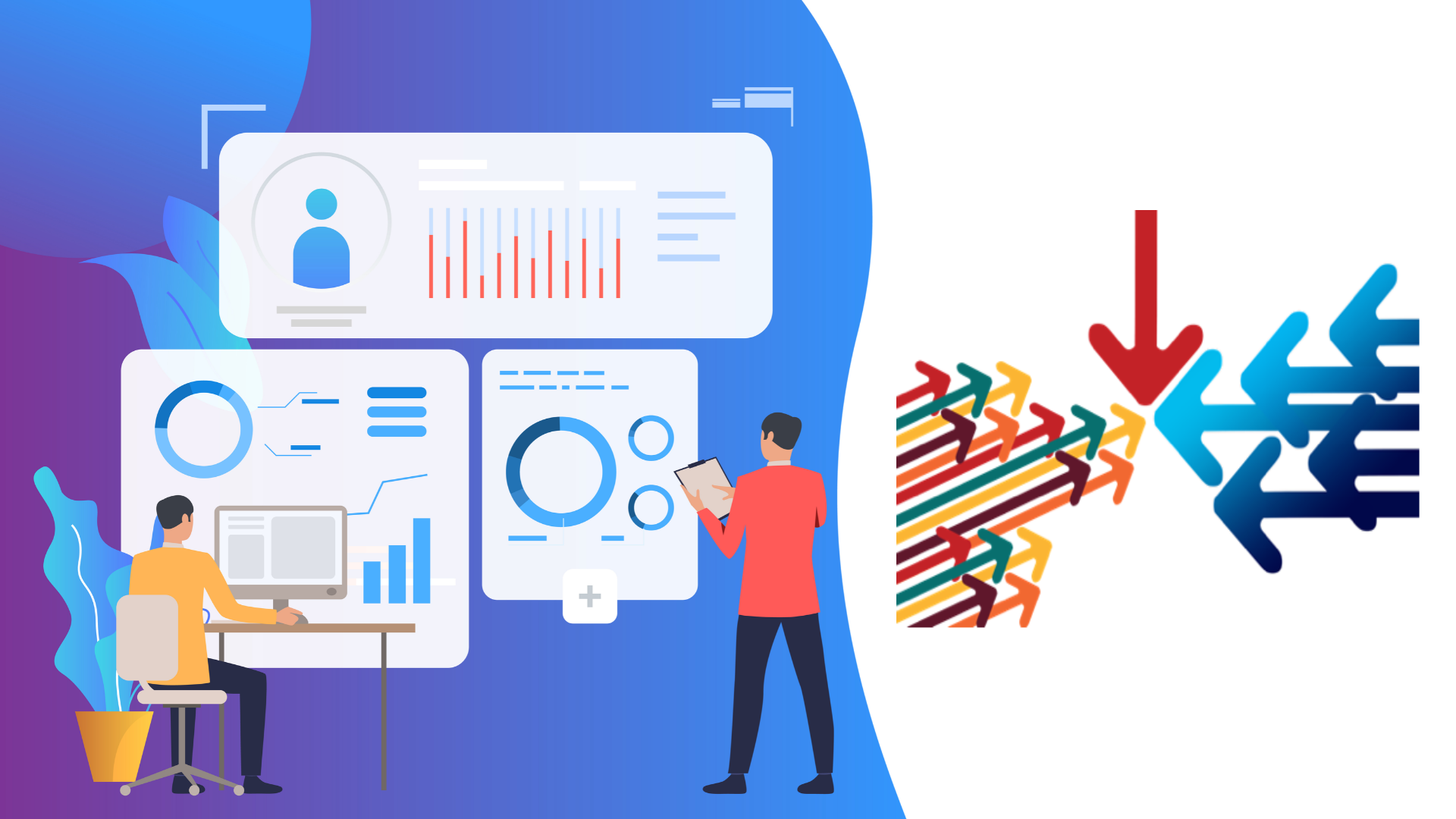Data Analytics is the New Competitive Advantage
|
Data analytics is the new fuel and a key component of any successful digital transformation initiative. It’s changing the business paradigm for companies of any size and in any industry. Data analytics is the science of analyzing raw data to derive insights from the information. It is a complex process, but one that is easily harnessed with the right planning. Gaining insight from data involves setting data requirements as well as collecting, organizing, and cleansing the data before drawing conclusions to reveal trends and metrics. An accurate and well-maintained database will give your organization the competitive advantage it needs to remain competitive in today’s fast changing, business environment. |
Download our free white paper by filling out the form below and you and your organization will be ahead of the game when the transition is completely implemented. If we can assist you, please send us an email at info@ibridgellc.in.
Contact Us
Intellectual Property Litigation Managed Document Review
The Client: A Global Search Engine Provider
Issue: Several layers of review were needed on documents totaling in the seven figures for a trademark infringement lawsuit between a major airline and a leading search engine provider.
Solution: Review was conducted around-the-clock to meet tight deadlines, utilizing teams in both Oregon and India. We completed a first pass review for responsiveness and relevancy, and a more complex review for privilege, subject matter (including issues and sub-issues), and documents of particular note for the case. Final quality control was performed in Oregon to maintain consistency. The client relied on an iBridge affidavit detailing the discovery efforts and demonstrated the adequacy of the discovery efforts to the court.
Contact Us
Download our case study to find out how iBridge is helping clients solve their business problems.
Click here to download the case study if you don’t want to share your details
Forensic Collection of Cell Phones – What You Can Do To Secure Evidence
Did you know cell phone use is expected to grow by 650% by 2018? Cell phones are not only a vital part of our daily lives; they can also be a vital tool in establishing liability or non-culpability in a civil case, or demonstrating an individual’s guilt or innocence in a criminal case.
Did you know…?
- Cell phones are designed for memory conservation
- Forensic examiners use several tools to extract information from cell phones
- Service providers keep detailed records of information – but it’s very different depending on the provider
In an increasingly digital world, more and more evidence lies within cell phones. Download our white paper by filling out the form below and you will learn how to collect this information correctly and defensibly.
Download our free white paper about how cell phones have become major players in the world – and what you can do to protect yourself and your clients.
Contact Us
Download our case study to find out how iBridge is helping clients solve their business problems.
Click here to download the case study if you don’t want to share your details
Law Firms and Cyber-Attacks
Digital security is becoming a more frequent topic in the legal world, as are the ethical questions brought up by the increasing frequency (and publicity) surrounding cyber-attacks. Protecting sensitive information and data is nothing new; lawyers have been very protective of information since the beginning of the profession. What is new, it is the ease with which cyber criminals can access potentially sensitive information through a variety of means – including social media and other methods.
How has this easy access changed thinking within law firms? Where do they need to be most concerned about cyber-attacks?
When you download our free research paper, you will understand how law firms are affected by cyber threats including:
- The nature of cyber-threats in the 21st Century
- How to keep up with the hackers
- How to limit your exposure
- Purchasing the right security program
- And much, much more.
Although the legal industry has traditionally been more hesitant than other industries to embrace new technologies, it has been profoundly affected by the widespread use of the Internet.
Download our free research paper by filling out the form below so you and your agency will be prepared to defend yourself against cyber-attacks.
Contact Us
Download our case study to find out how Ibridge is helping clients solve their business problems.
Click here to download the case study if you don’t want to share your details
10 Legal Industry Threats, Challenges and Trends Legal Professionals Need to Know
- The growing role of Legal process (LPO)
- The shrinking pool of lawyers
- The shift towards part-time and contract lawyers
- How leverage has changed in fee negotiations
- And much, much more.
Contact Us
Download our white paper to find out how iBridge is helping clients solve their business problems.
Click here to download the case study if you don’t want to share your details
How ‘Best Practice’ Contract Management Systems Work – II
Each stage of a contract’s lifecycle must work at optimal efficiency for businesses to develop a framework of best practices. An automated contract management system can help streamline these processes, improve workflows, and reduce risk. Best practices are integrated with legacy programs and quickly rolled out across all departments.
How Best Practices Impact the 5 Stages of a Contract’s Lifecycle
Automated systems help streamline contract management tasks throughout the entire lifecycle of a document. There are five stages to a contract’s lifecycle, stretching from creation to storage. Well-designed solutions enhance best practices at every stage.
Creating Contracts
Centralized systems allow users to log in via standard internet browsers and create new contracts online. Customized HTML forms make drafting agreements easy and consistent. Users can enter data into open fields, text boxes, drop-down boxes, or radio buttons.
Companies can also create templates to maintain consistency and include all required legal terms.
Permission levels determine who can access or alter contractual details, such as the customer’s name, the commencement date, and the details of the service. By allowing varying levels of access, businesses can reduce the number of approval requests and increase productivity. For example, if the user is permitted to create or update specific details, he or she can perform the task quickly online without seeking additional approvals.
Negotiating Contracts
Negotiating the terms of a contract can quickly digress into a cluttered heap of email chains and faxed revisions. Smart contract management solutions simplify this process by logging all edits, responses, and revisions in one centralized database. Users can see when documents were downloaded, faxed, or emailed and who completed each action. This minimizes errors, which means negotiations can move forward smoothly.

Source: Pixabay
Signing Agreements
Businesses can employ barcode and image capturing technology to identify specific contracts, ensuring that each agreement matches its corresponding signature. Users can upload signed agreements directly to contract management systems and store them in centralized databases.
Storing Contracts
Paper contracts can become damaged, misplaced, or even lost when stored in filing cabinets. However, businesses can safely store digital copies in secure online databases and easily view, update, and edit them whenever necessary.
A centralized, automated system gives businesses access to a contract’s entire history, regardless of staffing changes. This allows businesses to monitor contractual agreements over time with greater consistency. The terms and conditions within each contract are automatically tracked, and renewal alerts are sent to relevant parties. Automating these processes reduces the number of manual tasks and develops a series of robust best practices.
Reporting
The speed and ease at which a centralized system can find and categorize contractual data allow users to focus on analyzing reports and projecting trends instead of conducting manual searches. By reducing the time spent searching databases, businesses can create a framework of best practices that better utilize the employee’s time.
Compliance and Integration
Integrating systems with existing programs enhance best practices. A comprehensive contract management system that updates, verifies, and monitors compliance issues can help reduce human error and mitigate risk.
An integrated contract management system that works with existing sales, procurement, and marketing teams can streamline processes across all departments. Users can initiate billing requests seamlessly, kick-off downstream delivery workflows quickly, and track sales data.
How ‘Best Practice’ Contract Management Systems Work – I
The term Best Practices refers to corporate procedures that improve the efficiency of day-to-day operations. However, every business is different and requires more than just a one-size-fits-all solution. Therefore, customized systems are necessary for enhancing the specific processes that govern each business. Sophisticated contract management solutions work alongside legacy programs to create best practices that address the unique needs of each company.
What Are Contract Management Best Practices?
Contract management is a framework of processes that addresses the creation, storage, and reporting of legal agreements. These processes rely on the efficiency of the entire network. Best practices involved paper logs and physical filing cabinets. However, these methods can expose contracts to avoidable errors and impede productivity.
After a contract is created, it must be filed in a robust storage system that allows users to access documents quickly. Without an efficient storage system, new contracts can be lost or damaged. Similarly, without a consistent process for creating new contracts, categorizations can become messy, and finding documents can be time-consuming. One must develop best practices throughout the entire lifecycle of a contract to garner optimal results.
What is Contract Management Lifecycle?
The lifecycle of a contract encompasses every stage of its journey, from creation and negotiations to storage and reporting. A streamlined system allows businesses to complete each step using the most efficient solutions. There are five main stages in a contract’s lifecycle, each relying on the integrity of the other four:
- Creation – The user designs or generates a new contract and enters specific data into the contract to reflect the terms of the agreements.
- Negotiations – The user edits, updates, and changes details between parties as the terms are negotiated.
- Signatures – The user sends the contract to all relevant parties, and the agreement is signed.
- Storage – The user stores the signed contract in a database.
- Reporting – Users can draw reports from stored data and use them to project trends.
There are many ways a user can perform these tasks. However, the ‘best practices’ approach must simplify the processes while maintaining flexibility and accuracy. Automated systems allow users to navigate these stages with ease and utilize the data more efficiently. For example, when using a centralized online database, alerts can be set to remind users of approaching renewals.

How Can Automated Contract Management Systems Promote Best Practices?
Automated contract management systems allow sales and procurement teams to draft, save, and edit contracts via a centralized database. Users can create contracts online, track changes, monitor revisions, and generate reports through one centralized system. Legal documents can be sent to clients, customers, and suppliers via email or fax, resulting in faster turnarounds. Through using an automated system, these day-to-day practices become more consistent and efficient, allowing businesses to divert more time and resources to generating robust revenue streams.
Integration
Integrating contract management solutions with legacy programs can help boost existing best practices and develop new ones. Users are no longer required to communicate requests across multiple platforms when using an integrated system. In doing so, the once slow, archaic ‘best practices’ of the past transform into one cohesive contract management system.
Departments That Benefit from a Successful Contract Management System
Contract management procedures cross departmental boundaries and affect almost every aspect of operations. An automated management system helps streamline these processes and allows each department to create, retrieve, and monitor contract data more efficiently. While the benefits of an effective contract management solution impact all departments in an organization, there are six that can profit from its tools the most.
1. Sales Department
Integrated contract management solutions help sales teams create consistent legal agreements for products and/or services every time someone places a new order. Employees can use audit and revision tracking tools to alert team members whenever a user updates an item, generates a copy or downloads a new contract. Centralized systems allow employees to search for specific versions of the same contract and ensure that all active agreements are up-to-date.
With numerous tools available at the click of a button, sales teams using an automated contract management system can benefit from these advantages:
- Increased Revenue – Clearer oversight and alert systems help reduce revenue leakage from missed renewals.
- Easy Reporting – Contract status updates help team members generate accurate sales forecasts and meet compliance milestones
- Reduced Errors – Automated contract creation helps reduce the number of manual errors when drafting new agreements.
2. Marketing Department
When using an automated system, marketing departments can ensure they use the same branding and content in all product contracts. Employees can input business terms, product descriptions, and pricing into templates and easily amend them. Updated templates automatically become available to the entire organization, eliminating the risk of using out-of-date marketing materials.
Marketing teams can use centralized databases to monitor and analyze specific product lines, special offers, and promotions. They can then use this data to forecast trends and maximize the success of a lucrative advertising campaign.
3. Procurement Department
Procurement teams can pull purchase data, such as volumes and prices, service level agreements (SLAs), terminations, and extensions from centralized contract management systems. Overseeing and renewing buy-side contracts is simple with access to scheduled alerts and company-wide databases. SLA milestones can be automatically reported, reducing the risk of lapsed contracts.
4. Fulfillment Department
Automated events, triggered alerts, and customized notifications help fulfillment teams improve workflow and meet delivery deadlines. Using modern contract management solutions, fulfillment teams can set alerts for when contracts are updated and require review. Without access to a centralized system or the ability to pull current contract data, fulfillment teams may be slow to execute deliveries or confirm that the terms have been satisfied.
5. Legal Department
The policies that underpin contractual agreements must be monitored and upheld. A comprehensive contract management solution helps streamline this process by granting legal personnel access to historical data, such as when an agreement was signed, who updated it, and when a renewal is required. Legal teams can access and update contract templates, ensuring that all terms and conditions are current, inputted correctly, and in the right format.
6. Finance Department
Using an integrated, centralized database, finance teams can avoid inputting the same information into multiple programs. Reporting on the status of a contract is easy, allowing team members to generate accurate revenue forecasts and reports. Using a streamlined contract management system has these advantages:
- Increased security by maintaining accurate terms and conditions across all departments
- Increased accuracy between reported revenue and contracted revenue through alerts and automation
- Improved productivity by reducing service and delivery times through automation
Centralized programs help all departments manage contractual agreements with greater accuracy while protecting against unnecessary errors caused by messy manual systems.
How ERP/CRM Can Help Streamline Contract Management Systems
Enterprise resource planning (ERP) programs, customer relationship management (CRM) tools, and Salesforce automation (SFA) systems can streamline processes and improve efficiency. These programs allow organizations to communicate across various departments, access centralized databases, and collaborate on tasks. Each department has immediate access to the most relevant, up-to-date information, allowing employees to improve workflows and reduce risk.
Automated contract management systems produce similar benefits. Creating, updating and monitoring contracts across multiple departments can help mitigate errors and improve workflows. However, these systems must be compatible with existing ERP and CRM programs to be truly beneficial.
Do ERP systems cover contract management?
ERP systems are centralized networks used to improve a company’s day-to-day operations. However, while ERP models are used to streamline a variety of tasks, research shows they do not address the needs of contract management. A study conducted by Goldman Sachs found that “ERP vendors cover 20% – 30% of the needs of most enterprises.” As a result, “50% – 60% of companies have funded extensions of their ERP systems, and most others have relied on offline spreadsheets, standalone databases, or homegrown solutions.” These findings imply that ERP models do not meet the agility needed to run contract management systems, leaving companies to adopt outdated methods.
2 Issues Facing Businesses with Existing ERP Systems
ERP systems that only cover 20% – 30% of a business’s contract management processes may fail to prevent costly errors, such as lapsed renewals, lost documents, and inconsistent legal terms. The solution is to improve and upgrade ERP systems to meet these needs. However, there are two hurdles facing businesses with existing ERP programs in place:
- Loss of Investment – Board members may not be eager to introduce new programs that undermine or eradicate their original ERP investment. They may opt to use existing ERP programs and forgo the sophisticated tools needed to streamline contract management tasks.
- Incompatibility – Adding a contract management solution that is not compatible with an existing ERP system can lead to a fragmented workflow and decreased efficiency. Asking employees to access multiple platforms that do not communicate across departments can lead to duplicate data entries and inconsistencies.
Therefore, satisfying the agile operations of contract management without diminishing existing ERP investments requires organizations to turn to robust, integrated programs that offer open architecture and access to legacy applications.
Benefits of Integrated ERP, CRM, and Contract Management Systems
By integrating a contract management system with an existing ERP or CRM program, organizations can utilize the positive aspects of their legacy networks while streamlining contract management tasks. If integrated, a smart contract management ERP system can produce these results:
- Streamlined communication paths between departments
- Increased efficiency in document retrieval and monitoring
- Reduced risk of irregularities and subsequent compliance errors
- Easy transitions for employees and less administrative training
- Opportunity for strategic contract creation by utilizing existing databases
Companies have long benefited from programs that simplify procedures and work across all departments. Integrating compatible contract management solutions into your day-to-day operations can improve productivity, reduce risk, and lower costs.










